What does it take to become an iconic classic? Does the Mazda RX-8 have what it takes?
Posted by Chris Ott on
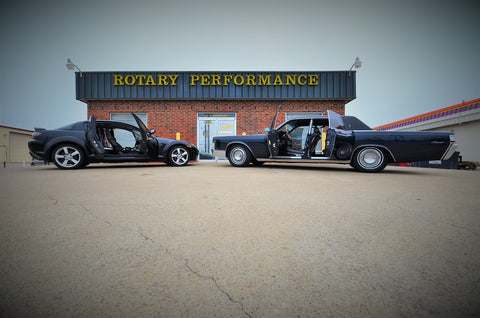
Let us begin:
All car guys know that our rides are our passion. They are more than just the sum total of their parts. Some are simply utilitarian, and some are the finest appointment of luxury and a rare few are halo cars. These represent the very best a manufacturer can build. Within this cadre, some cars rise to the top and enter the pantheon of legends. Others just fade away into the background. Let's explore and discover whether the Mazda RX-8 has what is needed to be on the “cool side” of history.
I'd like to introduce two of my favorite cars: The 1969 Lincoln Continental 4-door sedan and the 2005 Mazda RX-8. On first blush, this may seem a strange pairing of cars. Different eras, far different engines, but yet here they are. They share the distinction of being the iconic high mark of their respective suicide door era. The Continental was far from being the first vehicle to feature this styling and was not the last, but it remains the indelible example that people identify with. The RX-8 is the high water mark of the new suicide door era. It remains the only example of a sports car with this unique feature. Being members of this unique club is important, but not enough to become iconic. Let's explore further.
Scarcity: The simplest attribute of a classic car
Reflect upon the famous quote of Noah Cross in Chinatown “Politicians, whores and ugly buildings all get respectable if they last long enough”. Time winnows away all things to rarity making survival the first order of business. Most of us are well aware that cars cross a “classic” line at 25 years of existence. Most states recognize this as a milestone and frequently offer special registration and benefits. The obvious question is why 25 years? The reason is generational and technical PLUS an actuarial one as well. Let's look at some statistics. We went and pulled data for 2015, the most recent year that all the data sets were available and this is what we find:
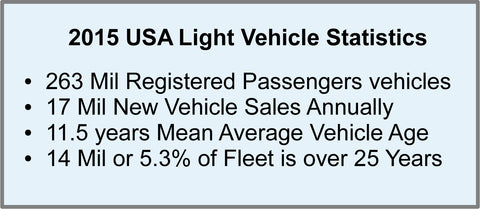
Look at how quickly vehicles disappear. Put simply, our complete combined inventory of almost 100 years of classic cars (from 1900 to 1990) is less than one year of new car sales. Now we can see why cars over 25 years of age are classified differently. Over 90 percent of the cars are gone by that point. The question of why do they reduce so quickly is twofold. Daily driven cars are subject to the inevitable attritions (wrecks, fires, natural hazards, etc.). Also, technology inevitably marches on and leaves cars behind. Look at the cars from the 1980's. None are OBDII, none have anything beyond a CD player (if that) for music, few have keyless entry, etc. These cars belong to a generation that ended organically within another decade or two. People use the car in its era until style, technology or misfortune intervene. Will any car that's kept garaged or covered and maintained become an iconic classic? All will be appreciated, but some will grow a cult following. Let's look at our next attribute.
Uniqueness: It's as important as scarcity
Being the "first of", the "best of" or the "only example of" makes a world of difference. Look at a 1964 Chrysler Newport 2-door vs the 1964 Chrysler Turbine Car. Hagerty shows a valuation of $12,000 for the Newport in excellent condition. The Turbine car of the same year is so rare that its value is unknown, but easily north of $500,000. Let's now make a comparison to something closer to our hearts. Look at the 1974 Mazda Rotary Pickup (aka: REPU) vs the 1974 Mazda B1600. Both are scarce, but one is technically more interesting. A recent auction on Bring a Trailer for a near perfect example of a B1600 brought $4,000. Quite a bargain for what was bought. On the other side, Rotary Pickups bring $2,000~4000 for a total wreck of a truck and $10,000 for a complete running, but unrestored version. Obviously uniqueness matters. Having a rotary engine puts the Rotary Pickup into a different category. Forever it will be differentiated in value from it's piston sibling. Now let's look at the Lincoln Continental. The 1960's were a heyday for super sized luxury cars. Each manufacturer went to battle to bring the most opulent they could produce. Let's look at a comparison of the Lincoln Continental 4-door sedan vs the Imperial Crown by Chrysler. Both are 1969 models.
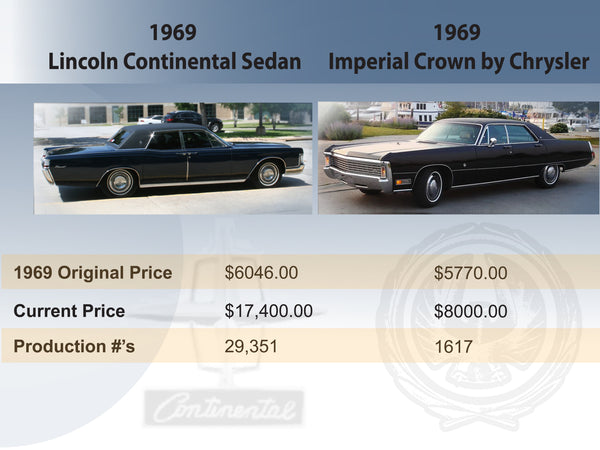
The market they were intended for is the same. Both have similar appointments, individual styling, similar pricing and yet different places in history. Lincoln produced almost 20 times the number of Imperial Crowns, but yet it's uniqueness helps it command a value of roughly double the value today. Of course, there is more than just individuality that made this possible. Let's look further at the most ambiguous of attributes for a classic to go to the iconic level.
Cultural Significance: Vexing and unpredictable
Some cars are born to a legendary family and others have to earn every ounce of respect. Cars coming from marques like Porsche, Ferrari and Lamborghini get automatic points on the board. For those not so blessed, other factors often shape the status. Movies, historic events and racing frequently alter our perception. Look at the 1961-69 Lincoln Continental. This is the car of celebrities, television shows and even the President of the United States. Both the convertible and the sedan found their following. Being a participant in significant historic events plus an unending number of Hollywood productions (and rap videos) cemented it's status. Some times it only takes one movie to make a legend. Look at the 1968 Dodge Charger R/T and Ford Mustang GT in the movie Bullitt. What a good car chase will do for ones image. Speaking of which, there is no doubt that The Fast and the Furious helped our 3rd Generation RX-7's status.
Where has the cultural road led for the RX-8? Mazda launched the RX-8 in the spring of 2003. The world was hungry for a new rotary car and Mazda set forth to make it a departure from the preceding RX-7. Their edict was to make a car that would be a real world sports car with four seats and four doors. Unlike other solutions like the Porsche Panamera, Mazda went bold with the space saving notion of "Freestyle Doors" (aka: suicide doors). Mazda's penchant to have 50/50 weight balance, light weight construction AND a rotary engine combined for a one-of-a-kind offering. This would be their first four seat rotary since the limited production Cosmo. Racers loved the chassis for road racing, club racing and SCCA Autocross. Many used the body as the basis for drifting and drag racing. Two movies featured the RX-8 in disparate ways. 2003's X-Men 2: X-Men United placed the RX-8 as a character car. 2006's The Fast and the Furious: Tokyo Drift showed off the RX-8 in scene and support roles. Look at the Internet Movie Car Database for a good listing of many of the roles featured. Of course, the RX-8 was added to driving games of the period. The following is a collage of some highlights:
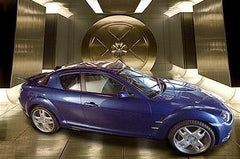

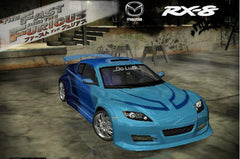

X-Men 2 X-Men United
The Fast and The Furious: Tokyo Drift
The Fast and The Furious: Tokyo Drift Video Game Mazda RX-8
Abel Ibarra's Pro Class Mazda RX-8 drag car
Mazda RX-8/X-Men 2 Commercial from Japan
Where does this leave us today? the RX-8 still has a strong and loyal following. Time has served it well. The strong movie and racing efforts set a base of credibility to look at with pride. Will it be enough to keep the car in the limelight, time will tell. The 2004 is a little beyond the United States average fleet age so now is the time to start picking survivors. Far too often perfectly fixable cars will be allowed to slip away. As of this writing, it is unknown what Mazda plans for the next chapter for rotary engines. It is likely that they will never revisit their "Freestyle" suicide door ways again. With that acknowledgment, passing an RX-8 up is likely to dismiss a highlight of the sports car world.
Extra pictures of our two head-to-head cars
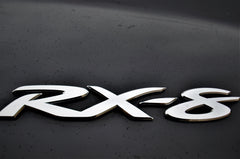
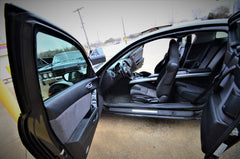

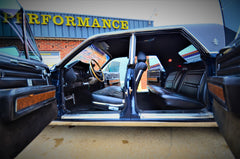
Credits:
- Vehicle valuations are from Hagerty's Valuation Tool, when possible. The B1600 and Rotary Pickup values were determined by averaging sold Ebay auctions, Bring-a-Trailer and other similar internet car sales sites.
- Three major statistics provided courtesy of Statista: Average Age of Light Vehicles, Number of Registered Vehicles, and Light Vehicle Retail Sales by Year
- Statistics for number of cars over 25 years provided by IHS Automotive
- Photographs and video content (other than our original content) provided by Universal Studios, 20th Century Fox and Abel Ibarra's race picture by Jay Canter.
The End
